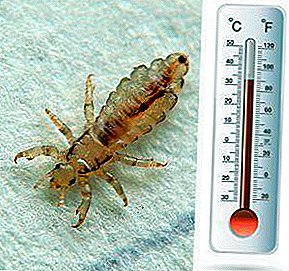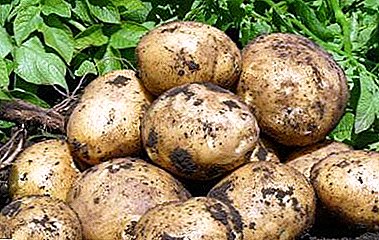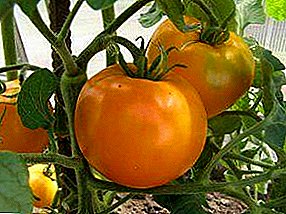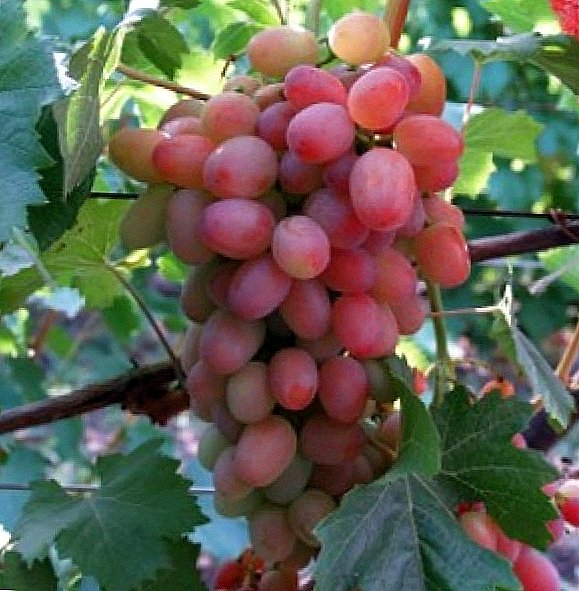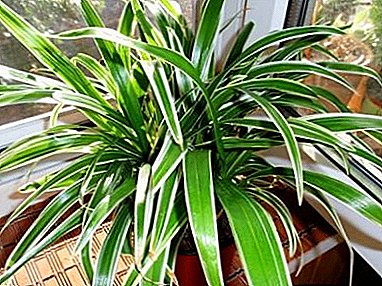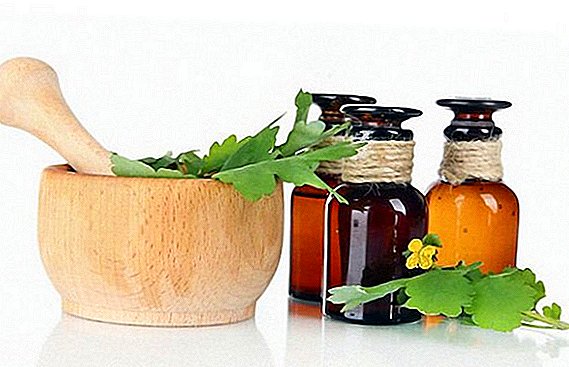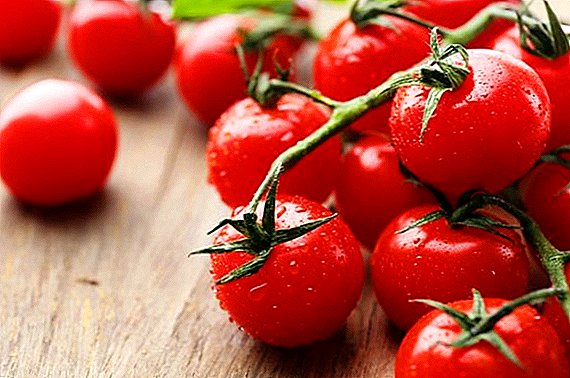 Among the huge number of different varieties of onion "Sturon" occupies a special place due to its taste, ability to be stored for a long time and simple technique of cultivation. The popularity of this hybrid increases every year, which is the reason for the increasing interest in the characteristics of this variety.
Among the huge number of different varieties of onion "Sturon" occupies a special place due to its taste, ability to be stored for a long time and simple technique of cultivation. The popularity of this hybrid increases every year, which is the reason for the increasing interest in the characteristics of this variety.
Variety description
One of the best varieties of onion "Sturon" was bred in Holland and is the result of the selection of another common variety called "Stuttgarter Riesen".
Gardeners grow different types of onions, such as bats, shallots, slizun, leeks, chives and roqueballs, or a hair bow.
"Sturon" has large bulbs of oblong ellipsoidal shape of dark golden color with brown stripes, the mass of which sometimes reaches 210 g. On top of the bulbs are covered with about five layers of dry scales. Inside - several layers of juicy white scales with a greenish tinge.

Characteristics of a variety
Maturation term "Sturon" - medium: It should take about 100 days after the appearance of the first shoots before it ripens. This variety is also popular for its taste qualities: a pleasant bitter-spicy taste and a slightly tart flavor. Such onions are actively used both for preservation, and for salads and other dishes.
Differences and advantages over other varieties
In the description of the onion-sevka varieties "Sturon" it should be noted positive qualities thanks to which it attracts more and more gardeners and industrialists:
- Due to the average maturity of Sturon, it is well cultivated in the temperate and northern climatic zones.
- Good yield: up to 35 tons per hectare in the right soil (the best choice is sandy or loamy loose soil).
- Quite large bulbs that sprout when grown for two years.
- Quality crop that is well preserved (up to 8 months). Thanks to this Sturon is widely used for commercial purposes.
- Resistant to frost, therefore, is considered one of the best varieties of onions for storage for the winter.
- Resistance to diseases that affect many other plants of the same type, and pests of various species, which allows Sturon to be grown without treatment with pesticides.

Not only these qualities distinguish this variety from others, Sturon bulbs also have healing properties due to:
- the content of a large number of micro and macro elements, including calcium, phosphorus, magnesium, sodium, potassium, iron, zinc, fluorine, copper, selenium;
- onion concentrations of 11 amino acid substitutes;
- vitamins A, C, D, E and C, PP, K and group B contained in bulbs
Important! Despite the fact that onions have many useful properties, it can cause great harm to the body. You can not eat this vegetable raw, its use is especially dangerous for people with diseases of the gastrointestinal tract: may increase the acidity of gastric juice, which will adversely affect the gastric mucosa. Moreover, an unlimited amount of onions in a person's diet can cause asthma attacks, disrupt the normal heart rhythm. It can also cause high blood pressure.
Features agrotechnology growing
The popularity and prevalence of onion "Sturon" among farmers and gardeners necessitates not only a detailed description of the variety, but also how the planting takes place, what are the ways of growing onions and what should be caring for them. “Sturon” can be grown for one or two years, but large heads grow only in the second year.

In order to get green leaves in the winter off-season, plant podzimnuyu onion planting using simple designs of greenhouses or ordinary pots to grow it on the windowsill in the house. It is possible to cultivate Sturon by purchasing sevok in the store (this is done in order to get a rich harvest in the very first year) or by growing planting material yourself.
Find out what to fertilize onions and whether to break off the arrows.
The hard work is to choose the right sets for planting: they should be about 2 cm in size and have a flat surface. You can not plant bulbs:
- even slightly rotten or damaged;
- wet
- with signs of disease or exposure to parasites;
- bulbs that came out of dormancy (with green arrows and small roots).
- The first stage: week, temperature - + 20 ... +25 ° С.
- The second stage: week, temperature - +30 ° C.
- The third stage: week, temperature - +35 ° C.
- The fourth stage: 8-12 hours, temperature - +40 ° C.
- The rest of the time the bulbs should be stored in a dry place with a temperature of + 18 ... +20 ° C, regularly airing it.

Seed dates
It is not difficult to grow onion sets of this variety independently from seeds, but you need to know a few rules that will help efficient germination and obtaining a good harvest. This is, firstly, the observance of the correct timing of sowing seeds. As a rule, they are planted as early as possible - in the first or second week of April, when the earth thaws by 5-6 cm. In southern latitudes, it can be sown at the end of March.
Planting seeds
It is necessary to prepare the plot and plant the seeds, following the sequence of the following steps:
- In the fall, dig up the soil and fertilize it with compost (half a bucket per square meter), wood ash (1 cup per square meter), phosphate fertilizer (1 tablespoon per square meter) and nitroammofoska, azofoska (1 tablespoon per sq. M).
- When spring comes, 2-3 days before planting, plow the plot and make the beds.
- Seal the soil and cover with black film.
- Soak the seeds for several hours in a manganese solution, aloe juice or warm water, wrap in a damp cloth and leave for two days, ensuring that the cloth remains moist.
- Before planting, water the beds with warm water, form furrows on them for sowing seeds, and water again.
- Plant seeds in rows (small, with a distance between each - 10 cm) or tape (wide, with a distance of up to 20 cm).
- Sprinkle the seeds with a small layer of earth.
- Condense the soil, covered with peat or compost, pour a little water.

Did you know? Afghanistan is considered the birthplace of onions, from where this vegetable has spread to other countries. However, there is another point of view: for the first time, onions began to be cultivated in China. In the mountainous region of Tien-Shan, so many wild onions grow that the name of one of the mountains in Chinese means "Onion Slope".
Care features
After planting onions sets and requires proper care. Seeds, when they germinate, but have not yet reached 2 cm in height, must be carefully thinned in order to obtain large sevok. Then it is important to regularly loosen and not too often water the soil, adding organic and mineral fertilizers.
Onions may turn yellow or rot, indicating the defeat of diseases or pests. The plant can attack ticks, scoops, thrips, aphid, onion fly, nematode.
When the shoots reach the specified height, these procedures must be stopped. Then it remains to wait until the greens wither, the neck of the bulbs will become softer and the bulbs can be dug. After digging - dry the heads.

Did you know? To improve immunity in avitaminosis, normalize sleep, protect against viral, cancer and diseases of the cardiovascular system, doctors recommend using one person 10 kg of onions per year.
Growing for the second year
If, after the first cultivation, the seedlings come out too small (up to 1 cm in diameter), it will be almost impossible to keep it for a long time, so you need to plant it before winter (a few weeks before frost). The frosts of “Sturon” are not terrible, and during this time the bulbs will have time to grow and gain strength due to spring moisture, take root, but they will not sprout yet.
In the event that the bulbs have acquired the desired shape, You can plant them in the second year at the beginning of spring by following these steps:
- Feed the soil with organic fertilizers at the end of autumn and add mineral fertilizers before planting.
- A few days before planting, loosen the soil and form lines, keeping a distance of 20 cm between them.
- After selecting the appropriate bulbs, cut off their neck so that the shoots are not damaged.
- Close the heads to a depth of 2-3.5 cm, so that the bulbs are up to 2 cm of soil above the shoulders, keeping a distance of 9-13 cm between the sets.

Important! Any type of onion is prone to accumulation of nitrates, and "Sturon" in this regard, is no exception. Therefore, when fertilizing the soil in which it should germinate, it is important to avoid nitrogen-containing components, as this may affect the quantity and quality of the crop.
To achieve the desired results of planting this variety of onions, we should regularly weed and loosen the top layer of soil, timely remove weeds near the shoots. As a rule, the crop can be harvested at the end of August, when the plant's neck dries, leaves fall, and the onions turn yellow. But do not wait until the leaves are completely dry, because the bulbs can start to rot.
Bow "Sturon" continues to gain popularity due to its resistance to diseases and parasites, a variety of useful properties and good effect on the human body. You can grow this variety for one or two years, but you can only count on a rich harvest and large bulbs in the second year. This variety requires standard care and fertilizer.


